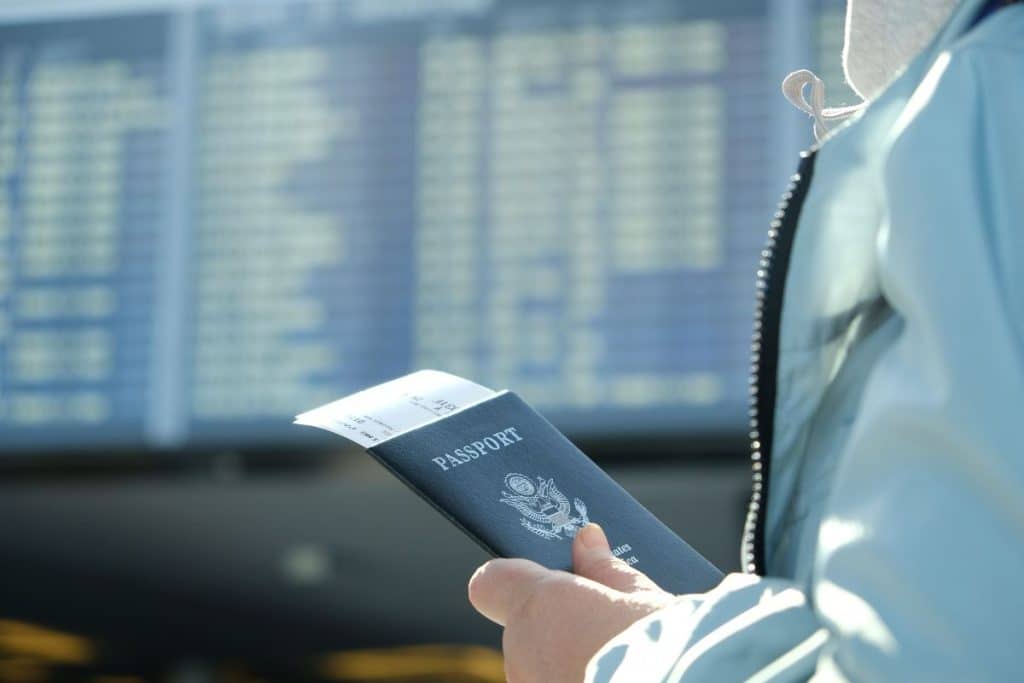Europe launches new digital border checks — and U.S. travelers will notice the change.
The European Union officially rolled out its Entry/Exit System (EES) today, replacing traditional passport stamps with biometric registration for all non-EU visitors, including U.S. citizens traveling to Europe.
The EES is now live at major airports and border crossings across the Schengen Area, with full deployment expected by April 2026.
What Is the EES?
The new system automatically records the entry and exit of non-EU nationals visiting Europe for short stays (up to 90 days in any 180-day period).
Instead of a passport stamp, travelers will have their faces and fingerprints scanned at an automated kiosk or by border officers. The goal: faster, more secure borders and better enforcement of visa-free limits.
What It Means for American Travelers
- U.S. citizens don’t need a visa, but must register biometrics upon their first arrival after October 12, 2025.
- The process takes a few minutes; data remains valid for about three years.
- Longer wait times are expected during the transition, especially at busy airports.
- The system tracks entries automatically, reducing the risk of overstaying.
Children under 12 are exempt from fingerprinting, though a photo may still be required.
Why the Change?
EU officials say the EES is part of a broader “smart borders” modernization, improving security and efficiency across Europe. It’s also the first step toward ETIAS, a travel authorization system for visa-free visitors due in late 2026.
Sources: Reuters | Financial Times | European Commission


